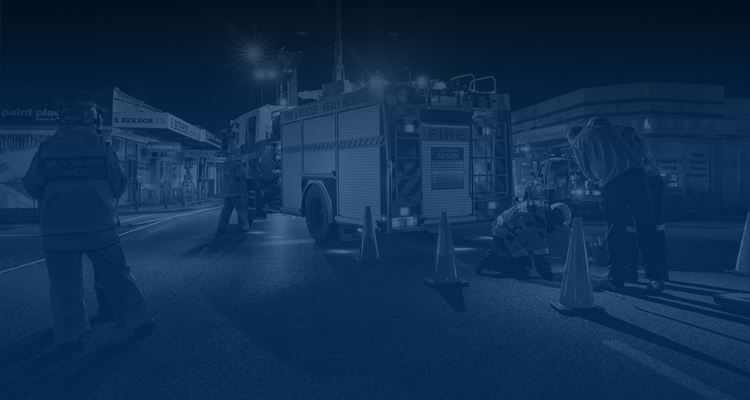Above normal bushfire potential for Western Australia’s north
Western Australia’s far north west has been urged to prepare for potentially catastrophic bushfires this season with heavy rainfall in the first half of the year producing higher than usual fuel loads.

DFES has boosted its resources in the Kimberley and Pilbara, allocating an additional 16 firefighting vehicles from its high season fleet.
The Bushfire and Natural Hazards CRC 2017 Northern Australia Season Bushfire Outlook indicates an above normal fire potential is expected for parts of the Kimberley, south western parts of the Pilbara and northern parts of the Midwest Gascoyne.
The community is encouraged to prepare now and take extra precautions when travelling in these areas. It is essential that the community heed warnings issued by emergency services.
DFES Kimberley Acting Superintendent Rick Darlow said controlled burning had been carried out across the Kimberley to significant areas of the landscape to limit the potential for large scale landscape fires in the region.
“A bushfire is unpredictable and can spread quickly through the dry vegetation in northern WA without warning, devastating everything in its path,” Superintendent Darlow said.
“Last year, during what was expected to be a normal fire potential season, we experienced nearly 400 bushfires in northern Western Australia including one fire that burnt over 1.5 million hectares in the Shire of Wyndham East-Kimberley, so it is vital we are prepared for this year’s predicted conditions.
“The support of additional vehicles will help us respond to bushfires quickly in difficult terrain and with more resources to help bring them under control.
“DFES has already attended a number of bushfires in the region so people who are living in or travelling through need be aware of their surroundings and stay up-to-date on changing conditions with alerts and warnings.
“We have all implemented strategic mitigation plans and DFES has additional resources in the region, but travellers must remember it is their responsibility to ensure they are prepared in the event they encounter a bushfire.”
People travelling through the area should carry a map and a bushfire survival kit including a portable radio, first aid kit, woollen blankets, spare batteries and plenty of drinking water before setting off on their journey. They should also advise friends and family where they will be travelling and their expected arrival times.

